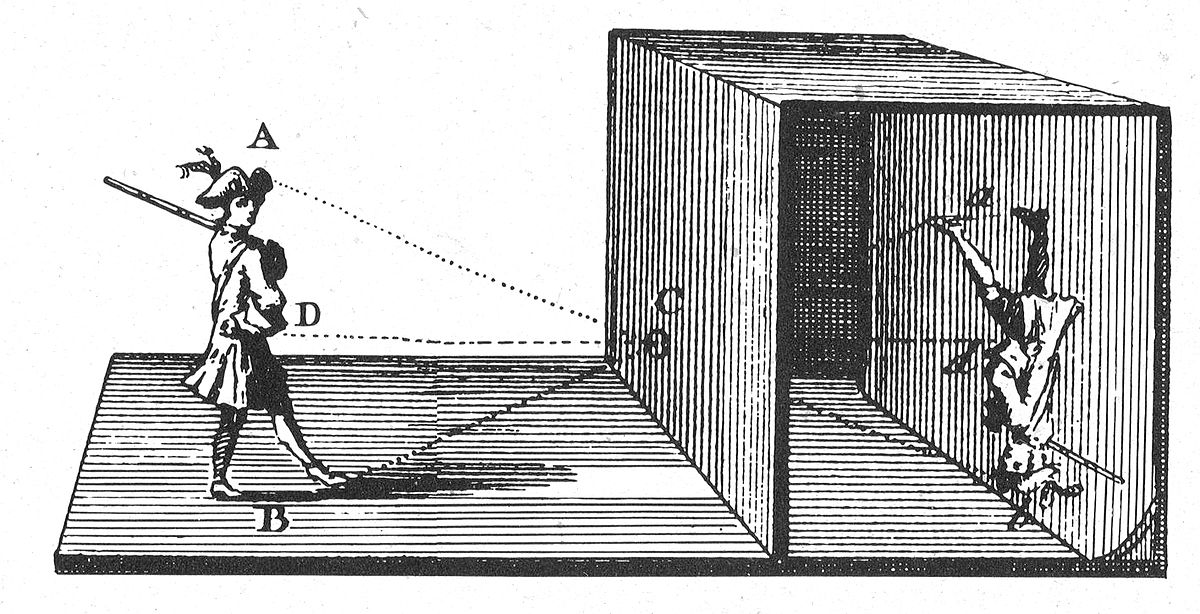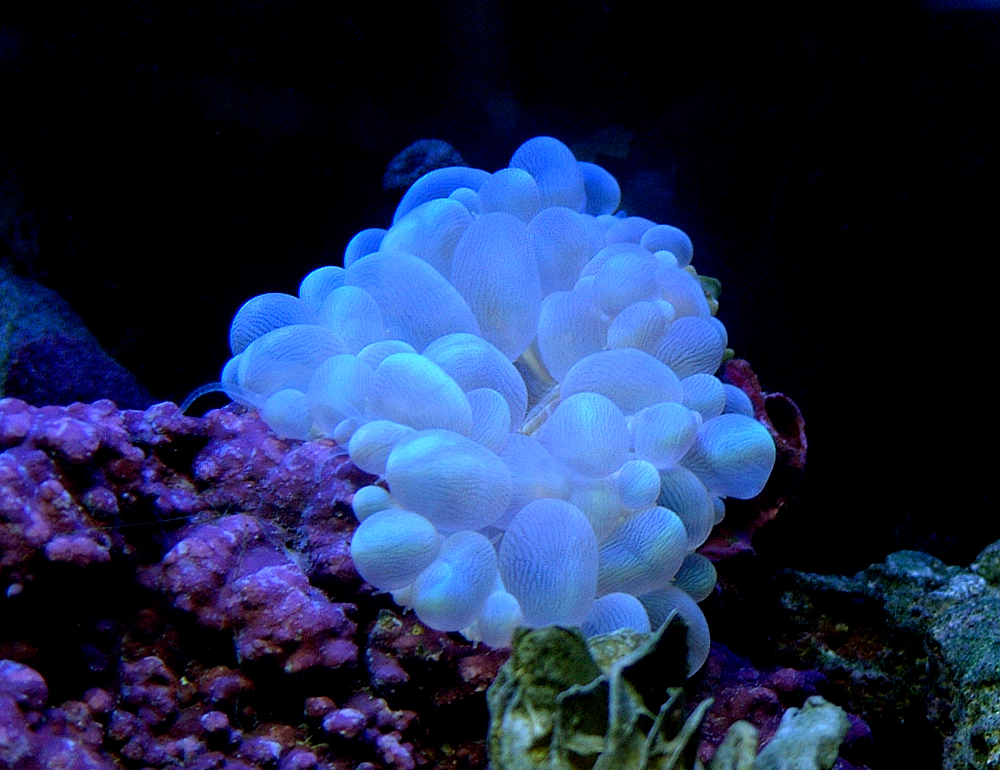Several years ago I read a great book on chaos by James Gleick ‘Chaos: The amazing science of the unpredictable’. There is a great part in it that I always remembered – the author said that when he dies and goes to heaven, he’ll ask God two questions. “What is the meaning of life?” and “Why turbulence?”.
What is turbulence?
Turbulence is defined as the sudden and unpredictable change in velocity and pressure of a gas or liquid. It is all around us – clouds billowing in the sky, water flowing in a river, steam rising from a kettle – and yet, due to its chaotic nature, it’s incredibly hard to study.
Turbulence is caused by the level of kinetic energy (energy from motion) being higher than then viscosity (thickness or stickiness) of the media. In a nutshell, the ‘go’ is stronger than then the ‘stop’.
The viscosity of the media impacts its ability to create turbulence, as viscosity influences the ability of molecules to move. Low density media is more prone to turbulence than high density media, as obviously it will take more energy to move the molecules of a high density media. An easy way to visualise this is if you pour water. As the water (which is low density) flows you will see small twists and turns in the flow, this is turbulence. If you pour honey (which is high density) you won’t see this chaotic flow, as the high density contains any attempts at turbulence.

Why study turbulence?
Turbulence has applications in engineering and physics and therefore has applications in many areas of our lives. By studying turbulence in the atmosphere, we can make predictions about whether there is going to be rain or sunshine. Car designers investigate turbulence to see where air is causing drag and slowing the car down. Civil engineers design water systems with turbulence in mind, to ensure that the pipes can withstand the level of flow. It’s even relevant to your health – you do not want turbulence occurring in your circulatory system, but some medical implants can create turbulence, and must be monitored and optimised. Turbulence shows up pretty much everywhere in some capacity.
How do we image turbulence?
One technique that is used to image turbulence is Schlieren imaging (also known as Schlieren photography). This is a technique commonly used in engineering and physics to determine the movement of air and liquids around an object.
What is Schlieren imaging?
Schlieren imaging works on the principle that different densities of air or liquid, refract light differently. The different densities in the fluid or gas are seen as areas of light and dark – lighter areas being low density, and darker areas being high density. Using this simple contrast method, we can visualise movements and patterns that are invisible to the human eye.
There is an absolutely brilliant explanation of exactly how Schlieren imaging works here. I really recommend you give it a read.
What is it used for?
One of the most common utilities of this technique is to investigate aerodynamics (the movement of a solid object through air) and hydrodynamics (the movement of a solid object through fluid). So, for anyone who has an interest in aeronautics, formula one, or sailing – this technique will already be familiar. This technique also has applications in investigating heat flow and release, shock waves from ballistics, even leaks in pipes. Anything where the movement of air of fluid is in question.
Try it for yourself!
If you are interested in building your own Schlieren imaging system, check out this great video below.
Did you know?
Turbulence is the reasons that the stars twinkle. The technical term for ‘twinkling’ is scintillation. Scintillation is defined as the apparent change in brightness of a luminous object when viewed through a medium.
The air in our atmosphere is made up of layers of warm and cold. These layers are turbulent, and this gives us air flow and currents. As the light from the stars pass through our turbulent atmosphere, the light rays are bumped about, as they travel towards us, giving the appearance of twinkling.



